'My cold fingers were caused by a disease'
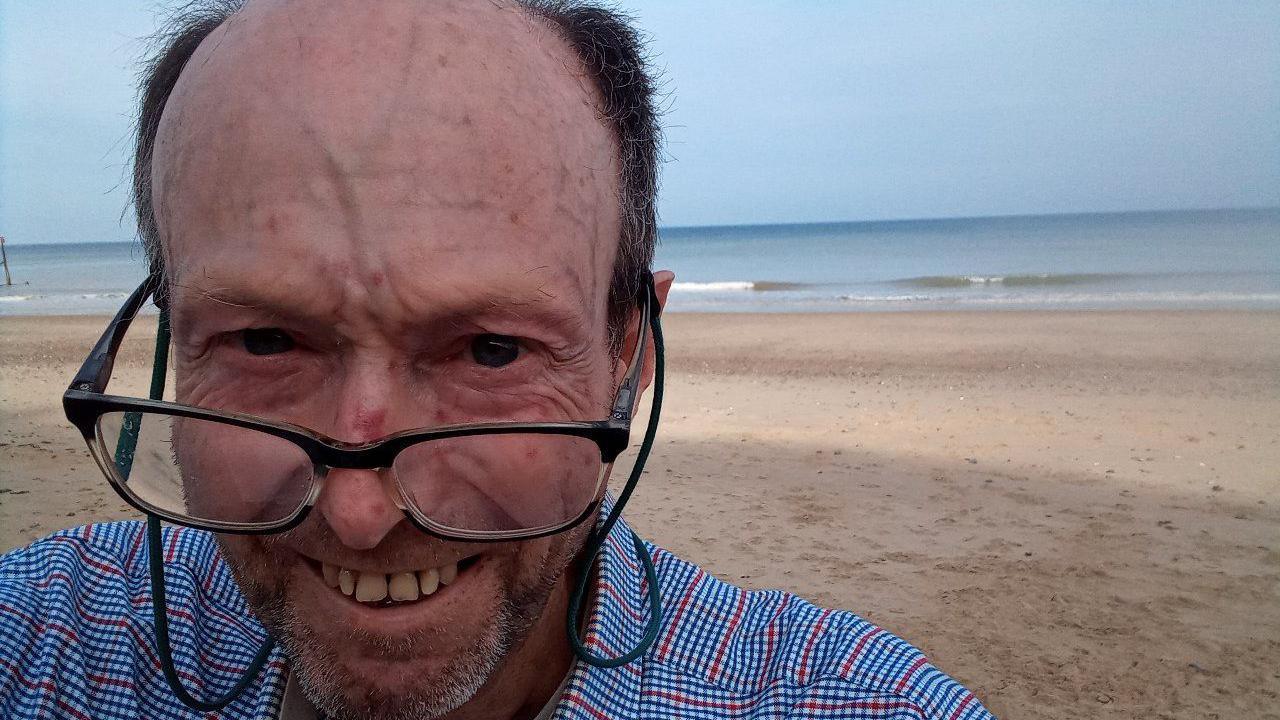
Tim Holt-Wilson was diagnosed with secondary Raynaud's disease caused by his autoimmune condition
- Published
About 15 years ago, Tim Holt-Wilson noticed a "gradual degeneration" in the warmth of his fingers.
The 66-year-old, who lives near Eye, in Suffolk, had already been diagnosed with the autoimmune condition Scleroderma - which caused stiff skin and inflammation - but he noticed how cold his fingers became.
It turned out to be secondary Raynaud's disease - a condition that affected extremities such as the hands or feet during cold temperatures.
Mr Holt-Wilson has found ways to cope with his conditions and shared his experience for February's Raynaud's Awareness Month, external.
"I hadn't heard of Scleroderma before then, but I think I had heard of Raynaud's before... but I never thought that was on the path of my life," Mr Holt-Wilson explained.
"It's like with all these illnesses you never think when you're younger, 'Oh, that is the trajectory of my existence, that's going to frame my life'.
"You just reformulate yourself."
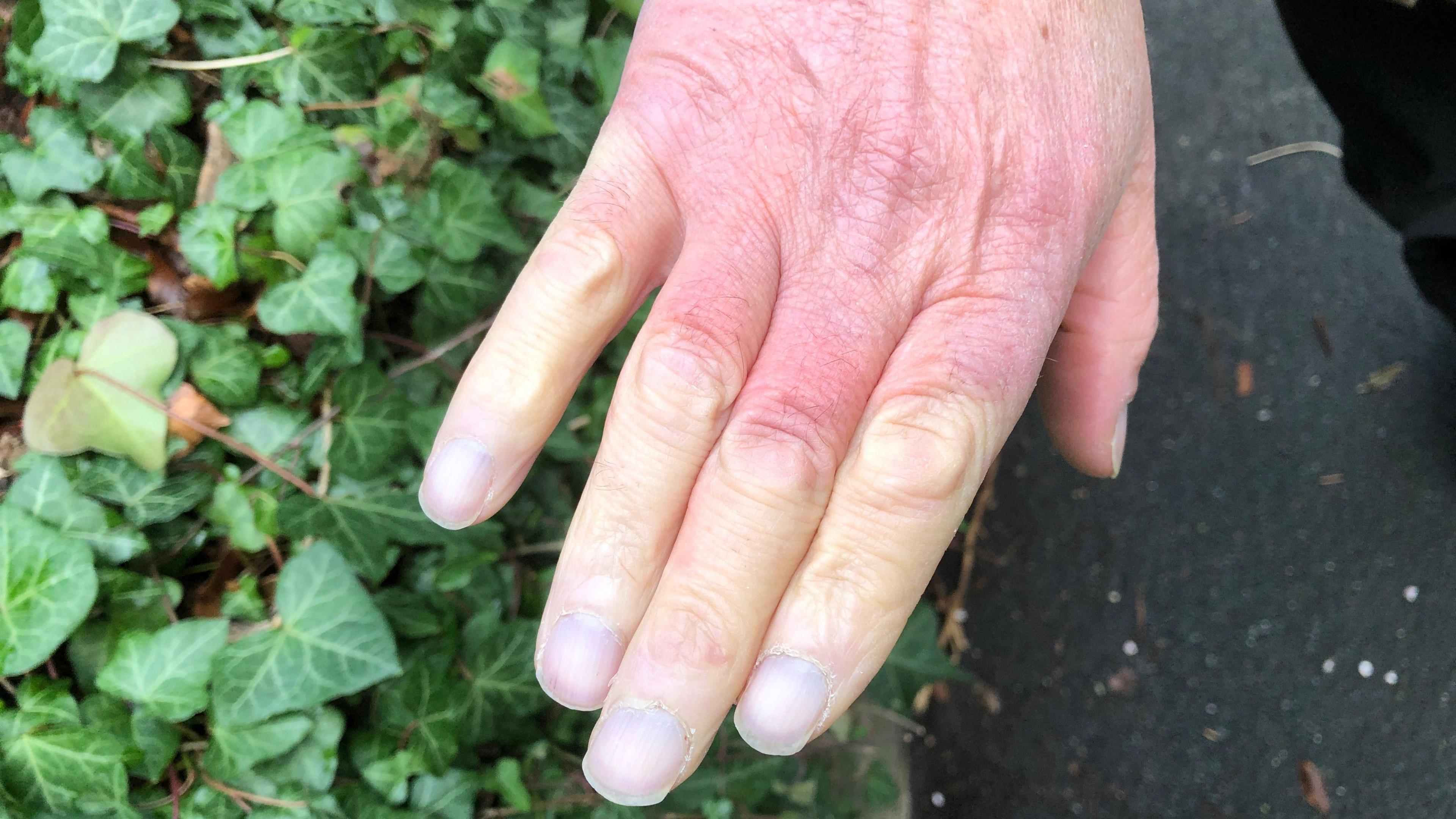
SRUK shared images of how Raynaud's disease could appear on hands
According to charity Scleroderma & Raynaud's UK, external (SRUK), Raynaud's is a common condition that affects up to 10 million people in the UK.
When someone with Raynaud's is exposed to the cold, blood vessels in their extremities constrict far more than someone without the disease.
This may result in the skin changing colour from white to blue, and then to red, which could be painful, especially when the blood vessels return to normal and circulation was restored.
Primary Raynaud's is the milder and most common form of the disease.
Secondary Raynaud's, however, is caused by an autoimmune condition and often needs careful monitoring for complications like ulcers or sores.
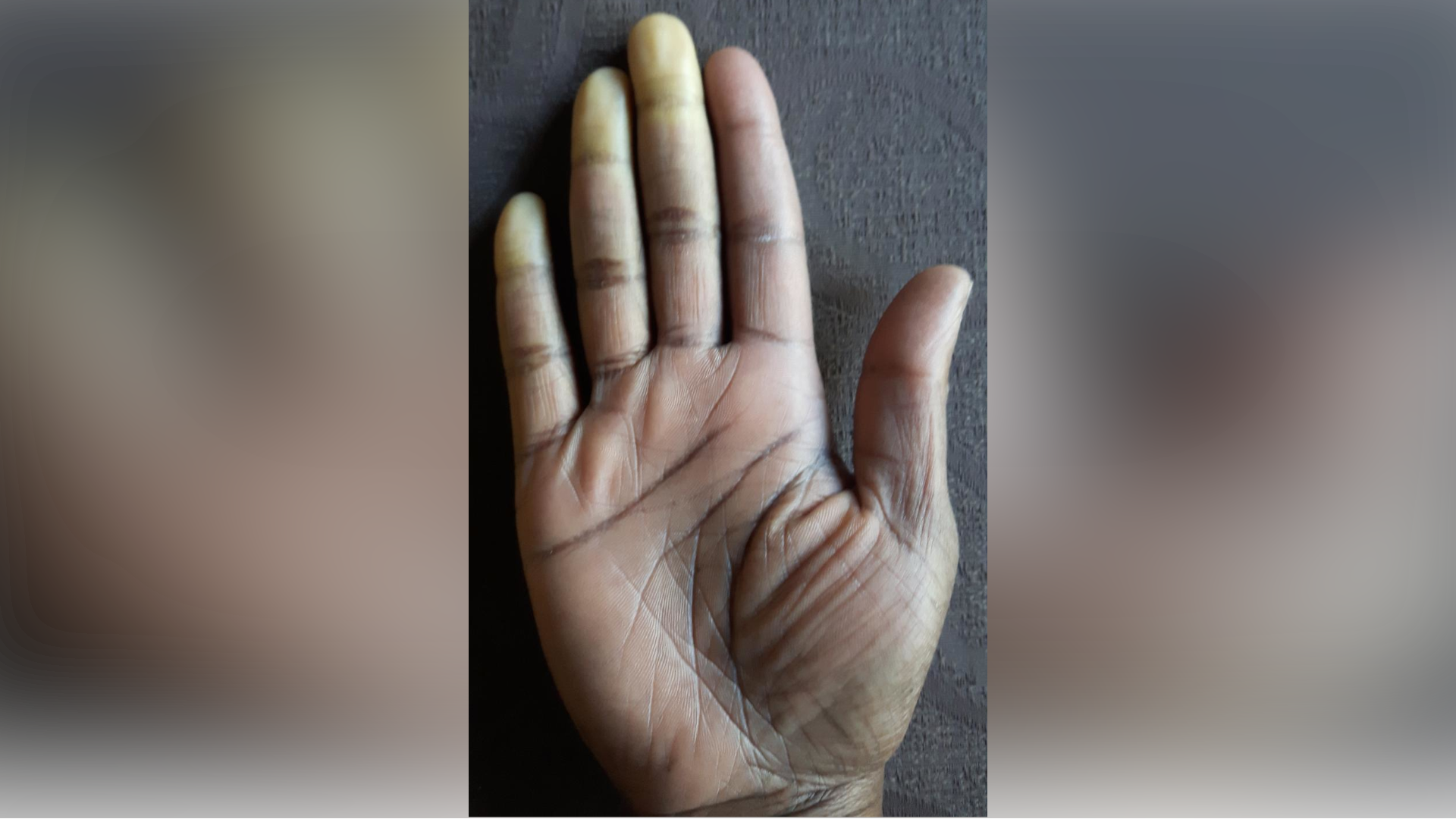
SRUK says up to 10 million people in the UK are affected by Raynaud's disease
Speaking about triggers, Mr Holt-Wilson explained: "It can happen, for example, in the supermarket when you go near a [freezer], you can feel it in your whole body.
"Or when you're holding your [car] steering wheel.
"But I've had cold fingers for a lot of my life, but never really figured it was part of this scleroderma syndrome.
"I think anybody who suffers from this has got their own techniques for dealing with it."
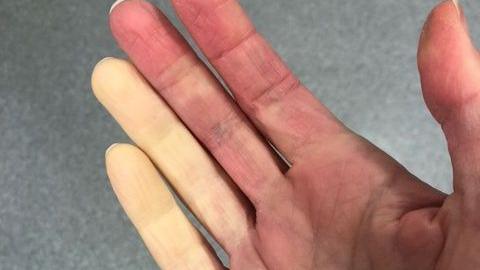
The main triggers of a Raynaud's attack are exposure to the cold and emotional stress
Mr Holt-Wilson explained his Scleroderma meant he lost the effective use of four of his fingers, which have twisted around at right angles to his palm.
To manage his Raynaud's, he kept his core temperature and his wrists and hands warm.
"Even in summertime, I sometimes wear mittens or particularly wrist warmers," he added.
"They are very helpful because they keep the tendons warm on the back of the hand."
Mr Holt-Wilson is also able to take a drug called Sildenafil that relaxes the blood vessels and increases blood flow.
He described it as a "miracle" for when he undertook geological work outside.
SRUK's online test
For Raynaud's Awareness Month, SRUK is urging the public to take a 60-second online test, external to find out if they have Raynaud's.
"It helps the SRUK get a picture of prevalence of this illness out in the public and it helps research," Mr Holt-Wilson continued.
"They're the only UK charity dedicated to helping sufferers so they increase awareness and understanding, and hopefully contribute to research and cures."
SRUK originally aimed to reach 10,000 people with the test, but more than 31,000 people have taken it since the campaign launched last November.
The charity hoped the test would become the largest citizen science project of its kind into Raynaud's.
Get in touch
Do you have a story suggestion for Suffolk?
Follow Suffolk news on BBC Sounds, Facebook, external, Instagram, external and X, external.
Related topics
Stories like this
- Published26 May 2022
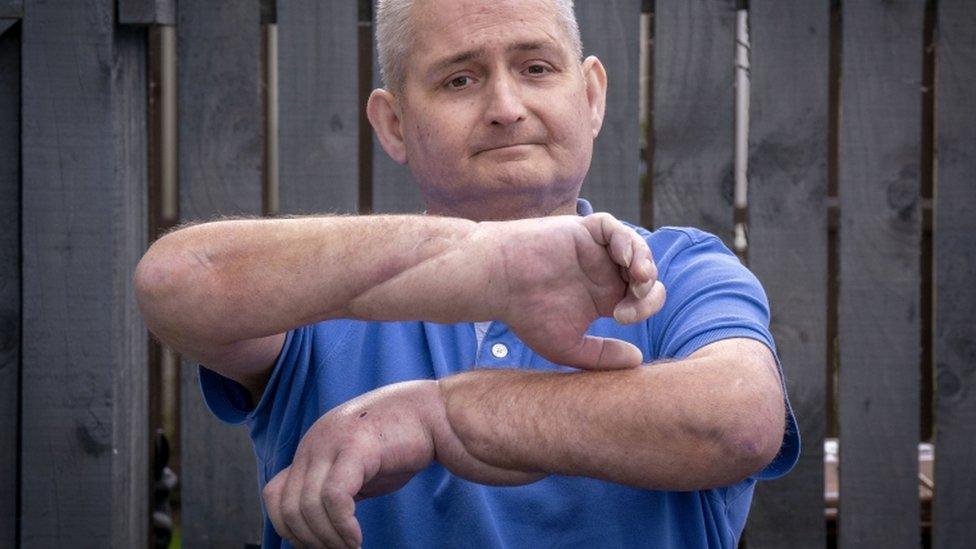
- Published3 March 2019
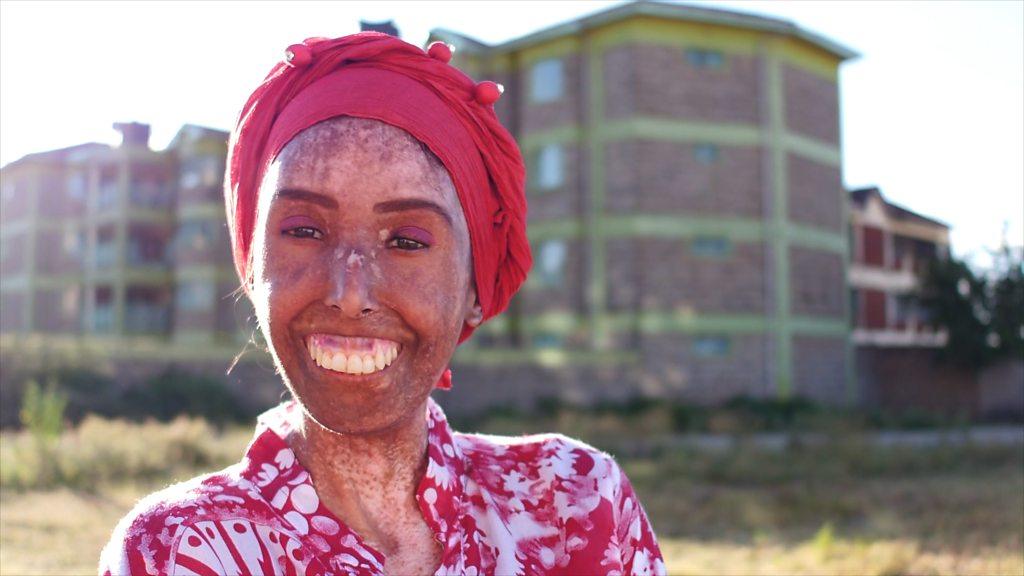
- Published24 September 2017
